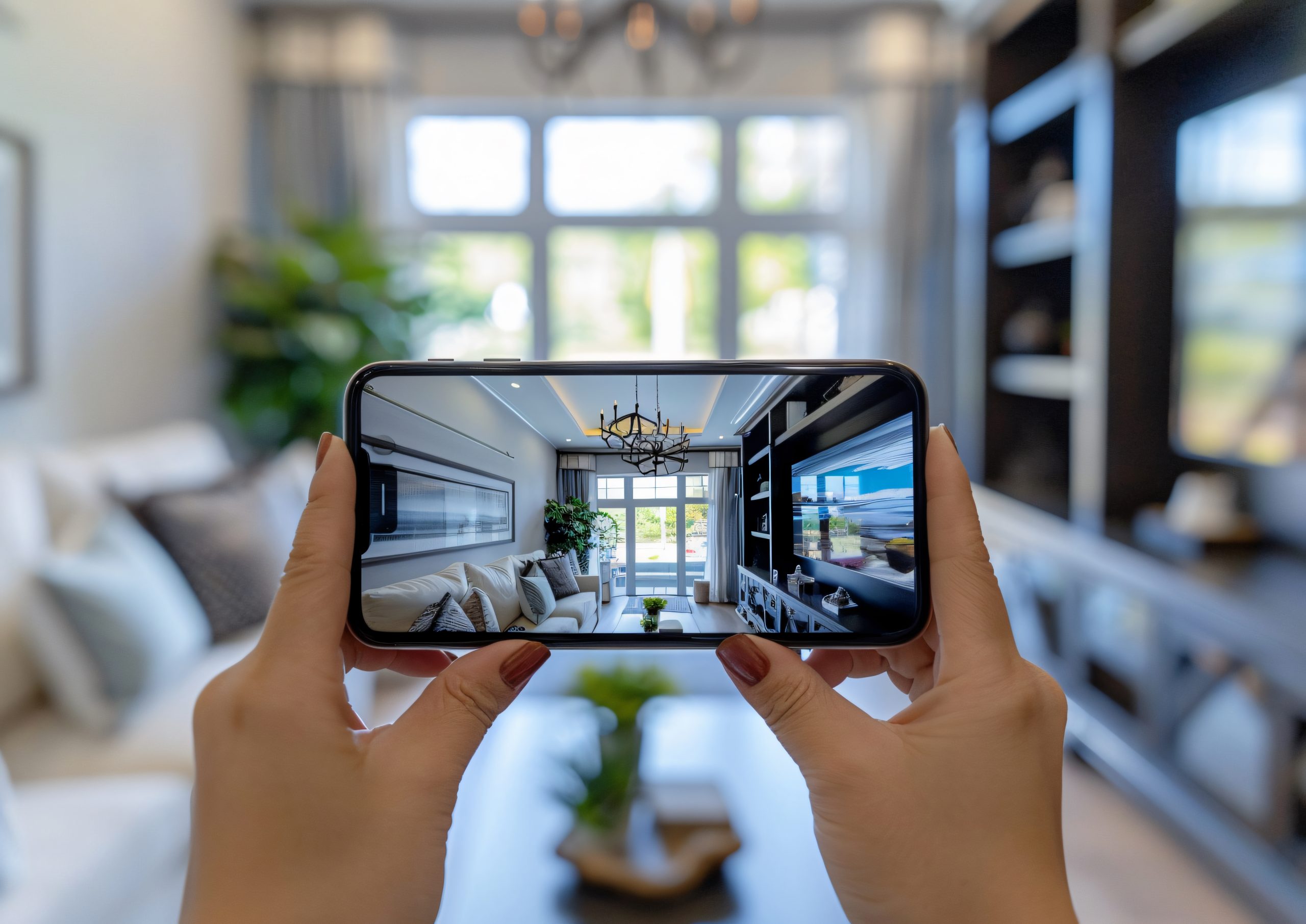In today’s hyper customer-centric market, business owners need to catch customers on multiple channels, while accurately tracking exactly where they are in their buyer journey.
With the fast developments in technology and integration of a multitude of apps, it’s become crucial for today’s business to leverage the power of an omnichannel digital marketing strategy.
So, what is omnichannel marketing, anyway?
Omnichannel marketing encompasses all of your chosen communication channels with your customer, into one holistic marketing approach. It lets your customer connect with your brand whenever and wherever they want, and you deliver to them a seamless, user-first, personalized experience that they demand.
This is the overall goal of an omnichannel digital marketing campaign. By doing so, you’ll be able to focus your marketing efforts in all the places your customers actually are.
This makes it easier to get in contact with your customer support and sales teams, allowing customers to make purchases from any channel of their choice. It also enhances their customer experience, making them more likely to return again and again, helping you to generate sales more easily for your business.
The coffee and retail spaces are perfect examples of omnichannel strategies executed the right way. Many companies in these spaces leverage the power of loyalty card schemes, and buy it online, pick it up in-store.
Both of these methods of engagement encourage customers to download apps, create customer accounts and share preferences with you each time they order. This data is gold as it provides you the opportunity to create a fully immersive shopping experience for customers in-app, online, and in-store.
What is Omnichannel?
Omnichannel marketing is the seamless integration of online and offline touchpoints as well as branding and messaging as customers move down the sales funnel.

Using this approach creates a more impactful customer experience, taking more of a customer-centric, rather than customer-focused marketing strategy.
While both customer-focused and customer-centric strategies are similar, they do have some notable vital distinctions.
A customer-focused approach leans heavily on reactivity. Brands listen to what their customers want, then bombard them with sporadic solutions for these short-term desires, leading to more significant numbers of impulsive buys.
With a customer-centric strategy, you instead deep dive into understanding your consumer and their needs. Here you’re providing them long-term solutions to real pains, making the purchase more meaningful with less buyers remorse experienced for them after.
This gives you the opportunity to understand your customer’s needs on a deeper level, enabling you to be proactive rather than reactive when catering to their needs, ultimately solving their problems with a higher level of effectiveness.
In doing so, you’ll also seamlessly deliver tailored messaging to them instead of bombarding them with sporadic solutions of their short term wants. And allow customers to connect with your brand on a variety of channels, including online, on social platforms, in-app and more.
All available touchpoints are all interconnected, so data gathered on these channels gets put together to form one detailed picture of your audience persona. This then ensures your customers have a consistent, positive experience on all your channels using the following key elements:
- It uses a consistent and identifiable brand tone and vision making your brand more memorable among the competition.
- It allows you to personalize your messaging based on your customer’s interests, showing them you understand them and care.
- Tailored offerings based on past interactions and the customer’s current position in the buyer’s journey.
An omnichannel digital marketing strategy is more likely to get higher levels of customer engagement across your offered channels.
This is of course in comparison to more traditional marketing strategies, like multichannel which can’t collect enough customer data to personalize its messaging to its customer.
So, by adopting omnichannel as your main marketing strategy, you’ll effectively boost your average customer engagement by 250% and retention by 90% vs traditional single-channel strategies. All thanks to the highly personable communication you’ll now be able to offer.
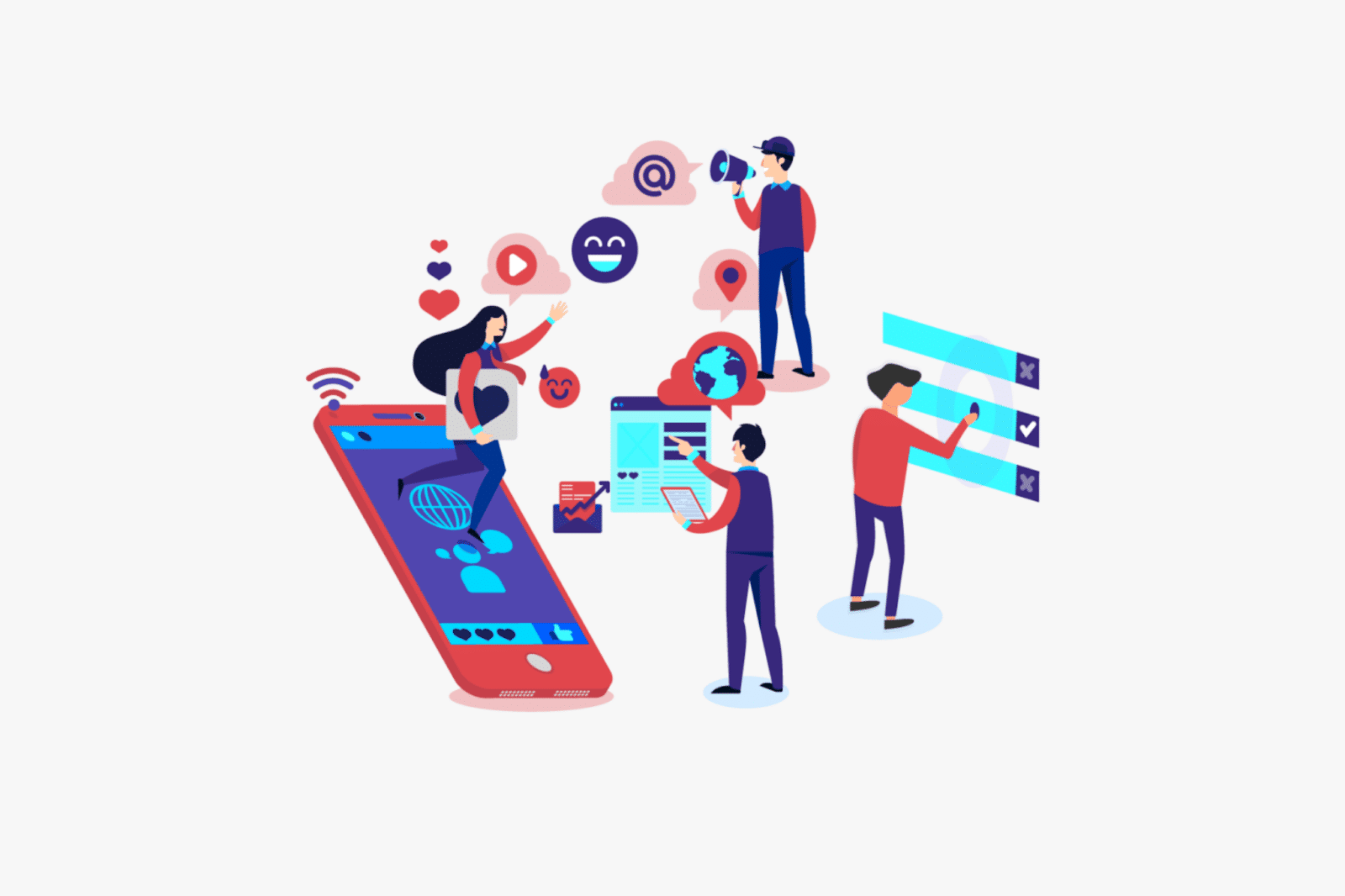
Omnichannel vs. Multichannel marketing – The differences
While both marketing strategies enable you to communicate with your customer on a multitude of channels, there are some notable differences between the two.
The biggest is that multichannel marketing focuses solely on each channel of communication individually.
With omnichannel marketing, on the other hand, all channels used are integrated in such a way that they can be used as one.
This doesn’t mean the two are completely separate, however. But, omnichannel does create better customer experiences, especially once you’ve incorporated all of the customer data collected in your multichannel marketing environments.
As you can imagine, this can be especially beneficial for customers using live chat on social media, for example, who are now coming into the store. Using omnichannel, customers can have conversations with you once, and that data’s there and accessible forever, no matter what channel they switch to after.
What’s more, accessing the data collected on them each time they’ve engaged with your brand is simple and doable across your channels. This can then be used to optimize your targeted ads so you know what products to offer them, further enhancing their customer experience (to learn more about optimizing your paid omnichannel ads, check out our blog).
On the other hand, in a multichannel environment, it’s much more difficult to put together the collected data from each customer interaction as it’s all disconnected. So, offering a unique, memorable service for them each time they make contact becomes more difficult and user experience remains poor.
Multichannel approach
Multichannel allows the customer to communicate from several channels. However, as none of these channels are integrated or sharing information between the channels, the user experience is very disconnected.
That means that customers can communicate with a company on any of their available touchpoints. But each conversation started on any one particular touchpoint will also end on that same channel.
You’ll also find this true for the data discovered at each touchpoint. As each used channel isn’t sharing information between channels, it’s often difficult to put together a full picture of customers and their preferences.
This can be frustrating for customers. They’re now more likely to be forced to restart the same conversation with your brand or see the same irrelevant ads over and over as they move between channels.
As you can imagine, this also makes it more difficult for businesses to compete in today’s hyper customer-focused market. Naturally, if businesses are unable to offer a truly tailored, user-centric experience, they’re going to be upstaged by the competition who can.
Remember, a company that offers customers a shopping experience truly tailored to their needs will remain relevant and stand out among those businesses that aren’t.

Omnichannel approach
In an ideal omnichannel experience, all information collected about your customer is shared through every channel you’re using.
Your customer can essentially start up a conversation or order on one channel–say online on your website–and continue on another, like your company app. In other words, each interaction with your brand is seamless between each touchpoint.
What’s more, they’re more likely to see ads for suggested products similar to their last order with you, making it more likely they’ll be willing to give those a try too.
For example, say your customer orders a variety of lattes each week with coconut milk and a double portion of dairy-free whipped cream. You’ve enabled them to order in-store or via your handy app that collects loyalty points for them each time they make a purchase.
Moreover, this app they’ve downloaded connects to their customer account, making it easy to collect information about them through the orders they make.
Now you not only remember that that customer enjoys drinking latte drinks, but you’ll also have data on that app that they only consume milk-alternative products.
This means you’ll be better able to tailor your offering to them, saving you from offering espressos, herbal teas, or worse, dairy products that may be off-putting to them. You know what they like now, so can focus solely on promoting your best and most exciting dairy-free, latte drinks to them, because that’s what they’re most likely to buy.
Now, not only have you saved a lot of time and resources, you’ve also made your customer feel valued by remembering their preferences from the channels they’ve connected with you on.
A real human-to-human relationship has been established. Your customer feels special, like their custom truly matters to your brand. They continue to engage with you on all of your offered channels, thereby boosting brand loyalty, and your bottom line, too.
Benefits of Omnichannel marketing
Today, consumers get bombarded with information from multiple marketing channels. As a result, they opt to use channels that provide them with bespoke information that suits their needs – this is what Omnichannel marketing does.
Just like multichannel, omnichannel uses a range of channels available to your customer. Unlike multichannel, however, omnichannel connects all of these touchpoints, allowing communication to happen seamlessly on each channel in a personalized way.
As data can be collected through the multiple channels in omnichannel, it’s easier to paint a more descriptive picture of your customer. They’ll move down your sales funnel in the same way, regardless of whether they use one of your provided channels or all of them.
Enhanced customer experience
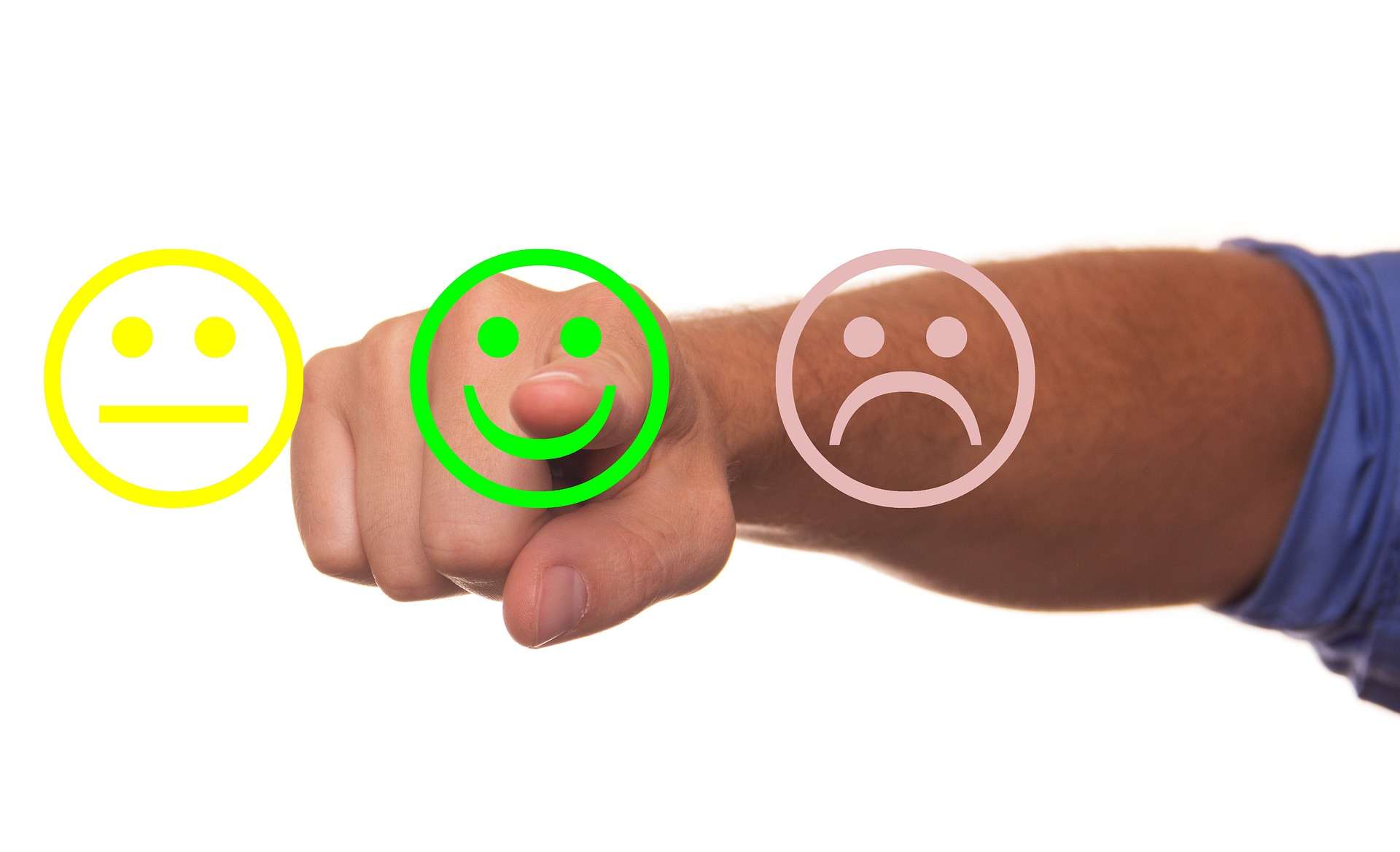
Omnichannel improves customer lifetime value as it puts your customer first.
This is done by capturing a more detailed picture of your customer, their interests, and their preferences.
Naturally, this makes them feel more valued, and therefore, more likely to return to you again and again.
It also streamlines your job, as you’re able to quickly get up to speed with the necessary info about the customer and continue where they left off regardless of the channel.
Loyalty from targeted messaging
People love personalization. That’s why sending tailored messages from multiple touchpoints can increase your customer lifetime value.
This creates happy, engaged customers, which in turn leads to repeat customers. Such consumers, in turn, bring in higher amounts of revenue vs those that aren’t.
Better customer feedback
Data analytics collected from your many integrated touchpoints helps you identify the actual consumer path, helping map the customer journey and refine your marketing strategy.
It does this by giving you valuable insights from across the channels, allowing you to put together a detailed image of your customer, and provide them with a tailored experience.
Brand strategy and identity
As you have more information about your buyer from past orders, surveys, and more, you’re able to offer more personalized products to them. So they’re more likely to buy what you offer them.

Businesses that adopted an omnichannel approach achieved a 30% increase in their average customer lifetime value. And that’s not mentioning their increase in customer retention rates – boasting up to an impressive 90% more than traditional strategies (Inmar).
Omnichannel Attribution
Simply put, omnichannel attribution acknowledges that your customer needs to go through several different channels before they finally make a purchase.
An example of this is a customer seeing an ad on the subway. Once they get home, the same ad appears on their laptop while on youtube. They then look up the product online to learn more about it…
Even if they don’t purchase the product then and there, as they’ve looked it up, they’ll start to see that company’s targeted ads on their social feeds. Finally, this same customer visits a brick-and-mortar store to purchase the product, therefore completing the cycle.
In short, omnichannel attribution looks at all touchpoints used to engage consumers, and scores each channel on its overall impact to understand:
1. How each channel used assisted the conversation
2. How each of these touchpoints contributed to the effectiveness of each additional channel in engaging the customer.
There are two main areas that omnichannel attribution focuses on; the traditional focused omnichannel approach, and the consumer-focused omnichannel approach.
What Does the Traditional-Focused Omnichannel Approach Look Like?
A tradition-focused omnichannel approach focuses solely on direct, rapid marketing for equally rapid conversions.
There’s a real sense of urgency here, with marketers needing to drive their consumers to an immediate sale. With this in mind, traditional-focused omnichannel attribution prioritizes the channels with the highest areas of engagement.
This approach takes away attention from a more complete picture thanks to a hyper-focus on direct marketing, rapid conversions, and short-term marketing strategies. It also increases the chance of a customer making an impulse buy.
Now while a customer making a purchase is good for business, impulse buys are not.
Frequently causing customers to feel buyer’s remorse after completing their purchase with you, these types of purchases increase the odds of them making a return.
The average consumer needs around 13 quality touchpoints to generate an effective sale that will reduce the instance of experiencing this guilt once a transaction is complete.
However, marketers adopting a traditional omnichannel approach have mistakenly taken this to mean: more touchpoints = a better chance of a sale.
It’s this quick sale mentality that makes marketers over-target their audience in an attempt to stuff as many touchpoints into their strategy as possible.
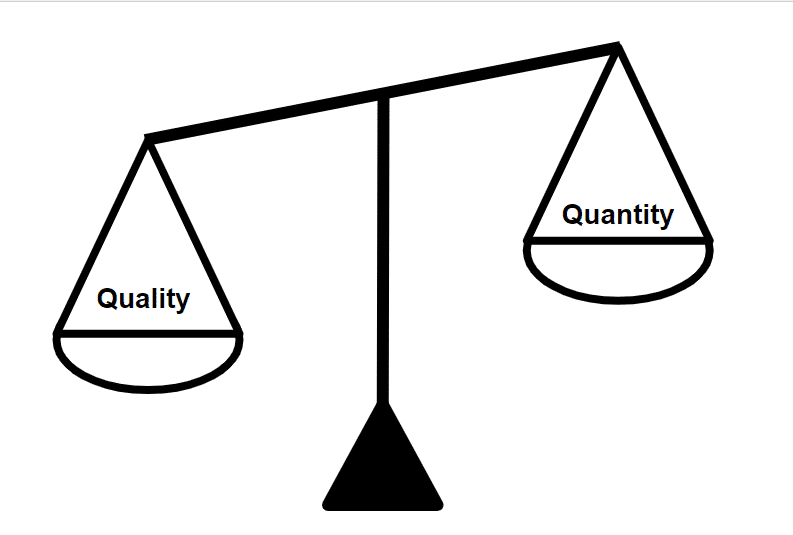
For this reason quality over quantity, rather than oversaturation which often has the opposite effect is key. Adopting a more personalized, customer-centric approach is considered best practice to help remove consumer buyer’s remorse after the transaction is completed.
How Can I Implement a Consumer-Focused Omnichannel Approach?
Today’s consumer expects a highly targeted approach tailored specifically to their needs and preferences.
Vast swaths of data collected from consumer trends and engagement make it possible for the modern business to deliver better targeted, personalized ads. That’s because buyers today demand relevancy.
An ad that resonates with customers, and speaks directly to their pains, has a better chance of positioning its offering as an effective solution for them.
Think about it… If you already have perfectly straight teeth and were constantly bombarded with ads for braces, how likely is it that you’re going to be compelled to click?
Throw into the mix the fact that you’ve recently finished your own treatment with the company in question and it’s now likely that you’ll begin to view them in a negative light.
Generic, untargeted ads with no relevance to the customer on the other end of the click will always perform badly.
This is why a highly targeted, omnichannel strategy is key.
By only delivering campaigns to your audience that speak directly to them, you show customers that you truly believe you can help, not just after their hard-earned cash.
In turn, you’ll also create higher ROIs, as buyers are hearing the right messages from marketers, at the right time, and on the right channels.
Higher levels of personalization help to improve the way your customer views your brand, creating more brand champions, and making it more likely they’ll return time and again.
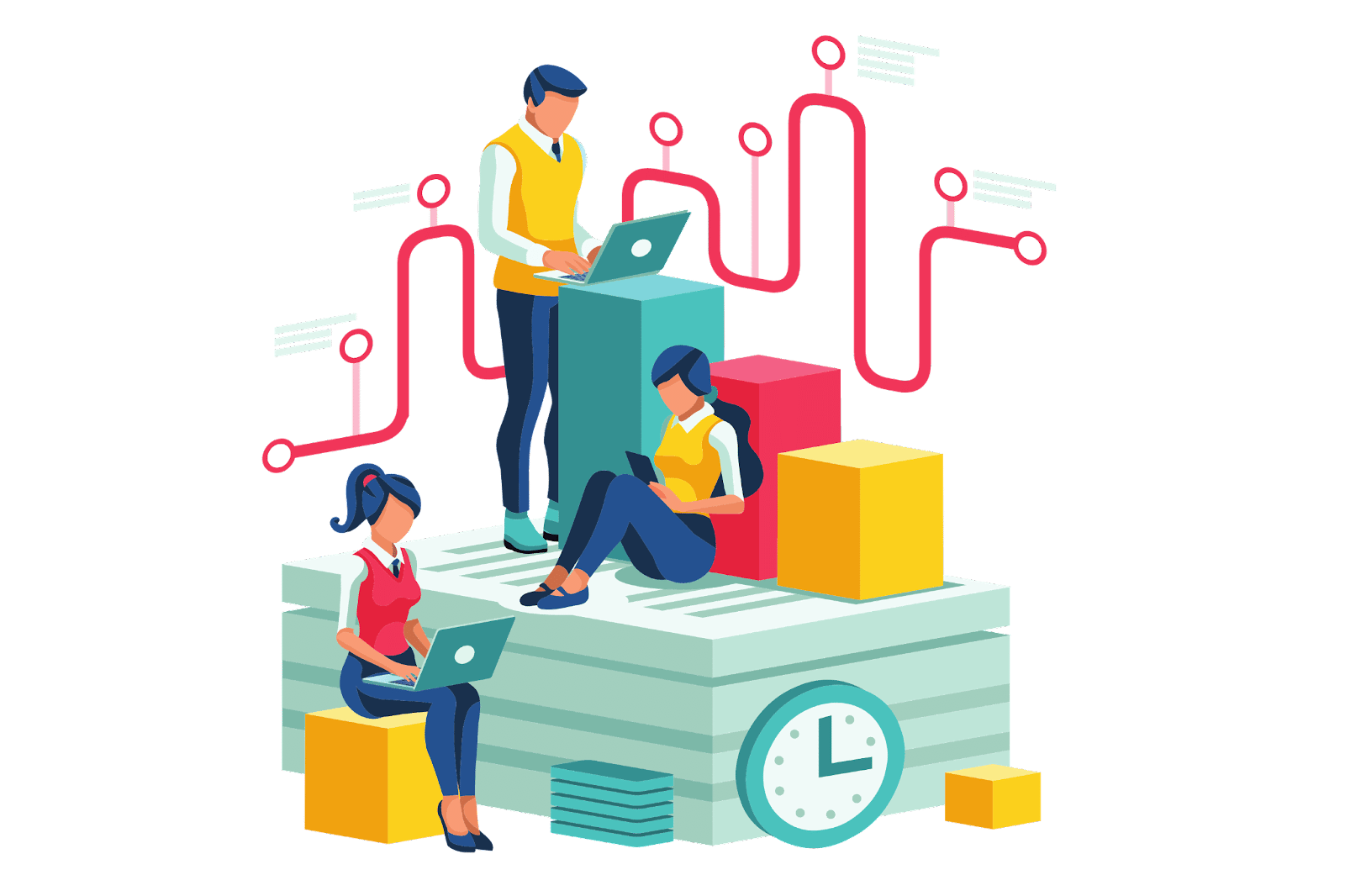
How to get started with omnichannel marketing
Now that you know how omnichannel marketing works, it’s time to get started with your own strategy. Here are a few components you’ll need to work on, to reap the most benefits from your campaign:
Data collection
As discussed earlier, data collection is an integral component of any effective omnichannel strategy.
You’ll need the data to better understand your audience including:
- What devices your customer uses to engage with your brand
- What products, services, features, and benefits they require
- Why your audience makes the purchase patterns they do
- The types and tone of messaging that’ll be most likely to get them to engage with your brand
You’ll need this data to have any chance of your omnichannel campaign being successful.
Understandably collecting and organizing data manually can be a repetitive and time-consuming process. That’s why many opt to use tools like Parserr’s document parser to speed things up.
Using Parserr’s automation solution, you’ll have the best opportunity to ensure your data is error-free. Giving your campaign the best chance to be completely tailored and relevant to your audience
Data analysis

After collecting your data using Parserr, you’ll need to analyze it to use it effectively–it’s meaningless, otherwise.
Using an analytics platform that runs in real-time, alongside your live campaign is your best option. That way if you notice anything that needs to be tweaked that will better personalize your campaign to your customer, this can be done quickly and without hassle.
Consumer journey mapping
What your customer journey map does, is evaluate which steps were taken between your customer discovering your brand, to them making their final purchase.
The customer journey map should be created before launching an omnichannel campaign, and for each audience segment. By planning out your customer’s map, you’ll be better able to create a campaign that’s highly targeted through factoring in variables like:
- Interface
- Individual interests
- Your user’s experience
- And extraneous variables (the factors your customer experiences and deals with that are outside of your control)
Brand consideration
Developing a brand identity is key to having an opportunity of being remembered by your customer. That’s why having a brand voice and tone that remains consistent across channels is imperative for customers to recognize you whenever you contact them.
Not doing so puts you at risk of landing up in that dreaded spam folder, or confusing your audience, eventually leading them to disengage from your brand.
Brand tracking tools that measure your brand’s health and make predictions about it in your customer’s mind going forward is a great way to help you in this process.
Testing
After launching your omnichannel marketing strategy, you’ll want to test it to ensure it’s working, and how best to optimize it.
Optimization
The final stage for implementing your omnichannel strategy is optimizing it. Often it is recommended to use media planning tools to do this effectively. These media planning tools will help you run through possible scenarios that take a variety of factors into consideration including your target audience, media mix, KPIs, and budget.
After running through these possible “what ifs”, you’ll be provided with your in-depth omnichannel plan, helping you make smart, informed decisions and maximize returns, too.
Industries applying omnichannel marketing
Though not implemented in all industries, omnichannel marketing is fast becoming the only viable way for businesses to market their goods and services. This is particularly true for several industries including the automotive, cosmetics, fashion, retail, and home decor industries.
Automotive

No one likes feeling like they’re being sold to. This is especially true for high ticket items like cars which often come with price tags in the tens of thousands, and of course, pushy sales personnel.
Throw in the sheer number of car options currently available on the market today, and this process becomes all the more stressful.
Luckily, automotive companies like Audi have removed this pain through the introduction of their omnichannel, Augmented Reality tools. Using the Audi VR Experience, prospective customers can interact with and personalize cars they’re interested in at home at their convenience, letting them build a relationship with the brand in their own time.
This also allows customers to learn about the cars they’re interested in, and how much they would cost before entering the dealership. Thereby reducing the stress around the process, and regrets over purchases later on down the line.
Cosmetic
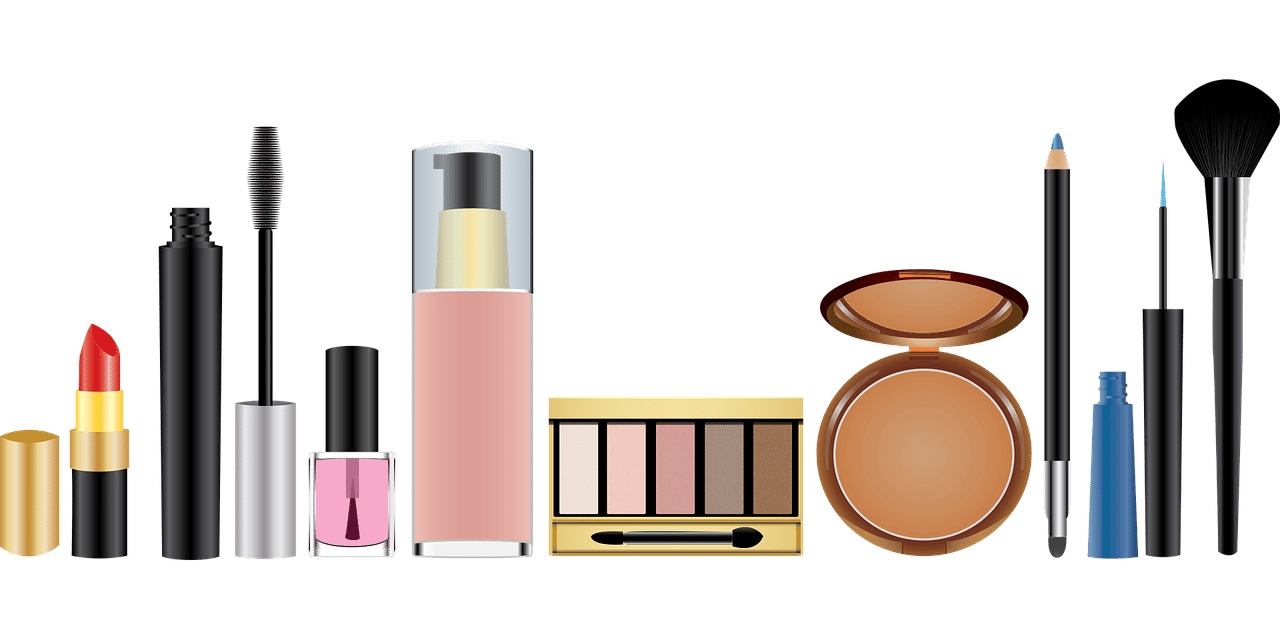
Make-up giant MAC, have allowed their online and offline experiences to work together seamlessly, creating the perfect omnichannel experience. Using 16 smart mirrors in their Innovation Lab in NYC, customers can experiment with virtual makeup, creating different looks, eyeshadow palettes, and more.
Once finished, these looks can be saved to their smartphones and taken home, or wherever they feel like to complete their purchase.
Fashion

Brands like Neiman Marcus have created one of the most powerful omnichannel experiences to date. Customers can input their dress and shoe sizes into the brand’s handy app. The app then stores this information, showing customers the closest brick and mortar store that has their desired items in their size.
Using geolocation, they also include the latest releases, information, and relevant local news to their customers. This information is also incorporated into their retargeting emails, and direct mail campaigns helping to personalize this experience for customers even further.
The memory mirror (their smart mirror tool) takes pictures and 360-degree videos of customers trying on clothes. This can be saved in the company app and displayed side-by-side on the smart mirror, or sent to friends and family for their opinions, providing a social element to their shopping experience.
Finally, Neiman and Marcus even have a Snap. Find. Shop-feature that allows customers to snap a photo of any item of non-Neiman Marcus clothing they like. The app analyzes this data, then helps customers find a Neiman Marcus version of that item on the app.
Customers can buy this on the spot, or reserve it and try it on in-store.
Ingenious, right?
Retail
Magic Mirrors is a perfect example of how to transition footfall into revenue. Simply by engaging their customers.
When customers are in-store and unsure on whether to purchase an item, Magic Mirrors lets brands send customers undecided on a purchase home. At home using the mirror, they can use augmented reality to find out if their chosen item is truly a good fit for them.
This helps confused customers make more informed purchases with less buyer’s remorse, establishing a long-lasting relationship with the brand built on trust.
Home decor
Using Augmented Reality (AR), IKEA allows its customers to place a virtual version of their chosen product in their homes. This is perfect for many reasons, the biggest being that it allows you to see if the item will actually fit in your home and if it will go well with your existing decor.
This allows customers to experience customization like never before as they’re able to try out many different products and designs until they find the perfect one for them.
Once the customer has decided on their perfect product, they can either checkout or opt to deliver to their door. If they’d prefer to visit the store, they can choose to check inventory levels to complete their purchase in-store, or pay for it online and click and collect from their closest store, too.
This ingenious, truly customer-centric model helps customers make more informed decisions, and again reduces the number of returns for this furniture giant by removing buyer remorse.
Latest trends in omnichannel marketing
The rules of how to market, and who to, are changing.
Only companies able to adapt and respond to these changes will find a way to remain relevant to their customers, with the rest being swallowed up by their competitors.
“So how does one stay relevant in such a hyper-competitive market?” I hear you ask…
By keeping up to date with the latest trends, that’s how! Here are a few of the latest to look out for:
Virtual shopping
Remote shopping with virtual shopping assistants and knowledgeable sales personnel is fast becoming the preferred way to shop. As they leverage social media, online live chats, and video chat, they’re able to guide buyers, helping them to find the right products much faster than personnel in-store.
Video chat in particular is one of the fastest-growing virtual shopping channels, offering the immediate convenience of getting in-store help at the customer’s convenience, with no wait time. All from the comfort of their home.
And this isn’t the only industry using this convenient channel of communication. The Finance Sector is changing too, as customer advice can now be found online rather than just in a brick and mortar institution.
Over half of shoppers today watch product videos and demos for their queries instead of visiting a physical store. 94% of shoppers reported that demo videos played an important role in their purchase decision at least once.
Higher customer expectations
Customers today demand faster response times, and greater levels of personalization, consistently.
Gone are the days where generalized ads, inconsistent customer care, and waiting days for an answer to a query were the accepted norm.
According to Epsilon, four out of five customers say they’re more likely to make a purchase when their shopping experience is personalized to them. Just under 70% will only shop with companies that deliver a high level of customer care every time. While 9/10 demand an immediate response (<10 minutes) from brands they do business with.
Looking at the data, it’s easy to see why remembering something as simple as your customer’s favorite beverage for example can help to make their shopping experience much more memorable and enjoyable.
Omnichannel integration and its ability to collect customer data at every touchpoint is the most effective way of offering this level of hyper-personalization, with greater speed, and remarkably high levels of consistency.
Blended shopping
There’s a new trend of blended shopping on the rise, allowing customers to experience the best of in-app, in-store, and online shopping.
A great example of this is Starbucks coffee.
Using the Starbucks app, customers can skip the queue by ordering before they arrive at the store. The app even offers Spotify integrations, allowing customers to look up songs played in-store with speed and ease.
Another example is grocery stores like Walgreens and Target. These stores allow their customers to shop online and collect their groceries in-store, as well as check out store inventory levels before they arrive.
Services like these perform particularly well as they let customers avoid delivery fees, skip the queue and avoid making wasted journeys when their items are out of stock. In other words, they save their customers valuable time, money, and a lot of frustration too.
Social selling
New built-in shopping on apps like Meta’s Instagram, Snapchat Tik Tok, and even Pinterest.
Instagram in particular lets companies create shoppable videos that take customers directly to the secure checkout as soon as they click.
Integrations between your store and Instagram page are direct and therefore almost immediate. This means better insights for you into your sales process, showing exactly what’s working best so you can invest more in those areas.
It also means customers have to go through fewer steps in the sales journey between discovery and final purchase. So they’re more likely to complete their purchase.
Lastly, many brands are finding higher conversions from affiliate marketers, especially when those marketers are also influencers. This easily makes social media one of the most valuable channels for businesses today.
Digital-first to brick and mortar
Let’s face it, nothing beats a real human-to-human interaction. Plus doing business online is getting more and more expensive. For this reason, brands need to provide both in-store and online shopping options to their customers.
Having both in-store and online store options can be valuable to customers. This is especially true for those wishing to check out company offerings in person before committing to a purchase.
Even with the increase in online shopping, many customers would still prefer to visit a physical store to make their final purchase. So ensuring your business can offer both options to customers using an effective omnichannel marketing strategy is crucial.
Augmented Reality
What was thought to be science fiction 20 years ago, is not only science fact today, but making the world of online shopping even more exciting!
Big brands like Rayban and Fartech offer their customers the option to use augmented reality, and even smart mirrors to virtually try on merch at home before they buy. By doing so, customers can see if what they’re looking at is a good fit and avoid the annoyance of long returns or exchange processes if it’s not.
And it’s not just fashion that’s leveraged AR to enhance their shopping experiences. Many e-commerce stores selling large appliances and furniture are jumping on the AR bandwagon, too.
Using AR and omnichannel marketing, many brands have saved their buyers the hassle of measuring spaces for their appliances or making the wrong order when they’re not sure, only to have to send it back when it doesn’t fit.
Quality Lead Generation And Automation With Parserr
There’s no disputing that omnichannel is a key component for maximum customer engagement and retention.
Omnichannel enables you to deliver a truly user-centric experience, meeting your customers where they are, and keeping these interactions fluid across touchpoints. It also allows you to recognize that the customer journey is not linear, acknowledging the many touchpoints they’ll use on their journey.
Still, data collection, extraction, and automation remain some of the most important components of any omnichannel marketing strategy. Data errors from manual data extraction and entry are a common mistake that leads to an omnichannel campaign being ineffective. To help eliminate this risk, using document parsing software like Parserr is advised.
Parserr integrates directly with several apps including Zapier, Power Automate, Salesforce, and Hubspot, sending your extracted data directly to your CRM, or wherever you need it. We also connect with thousands more using Power Automate and Zapier as a bridge in under 5 minutes. What’s there to lose? Try Parserr for FREE today!









